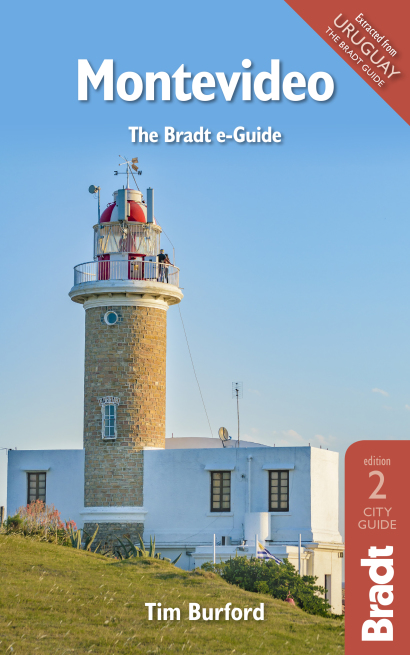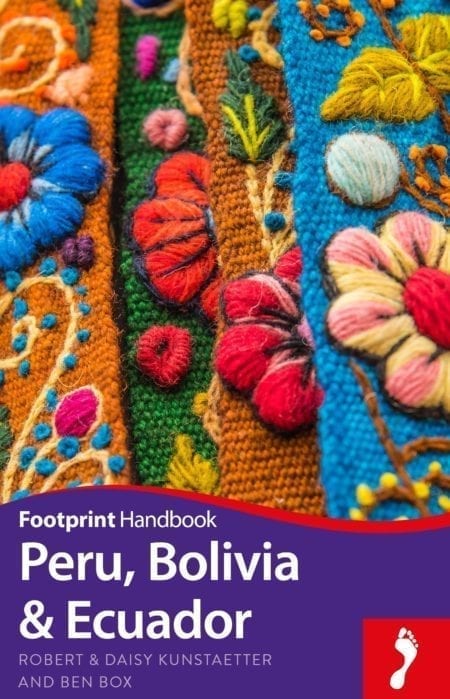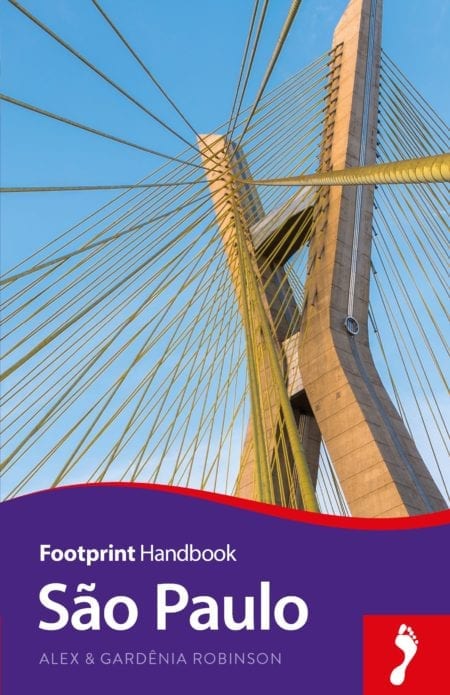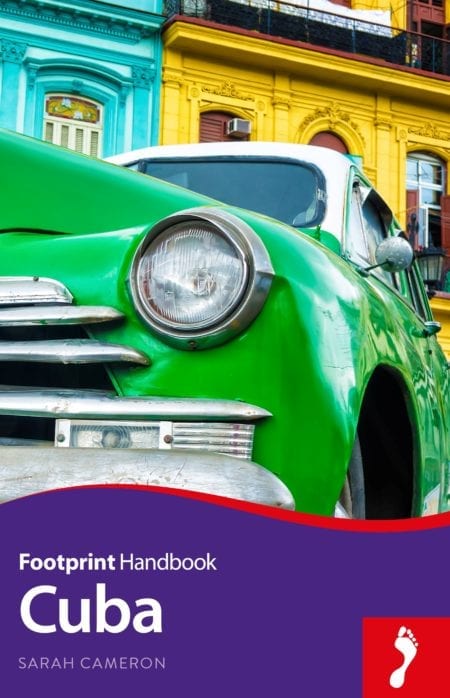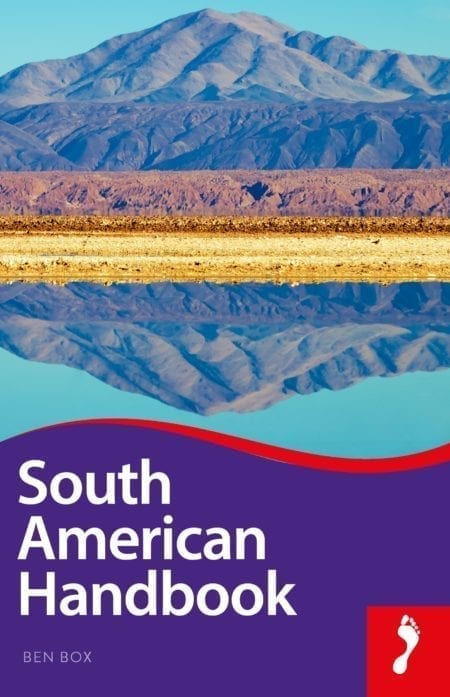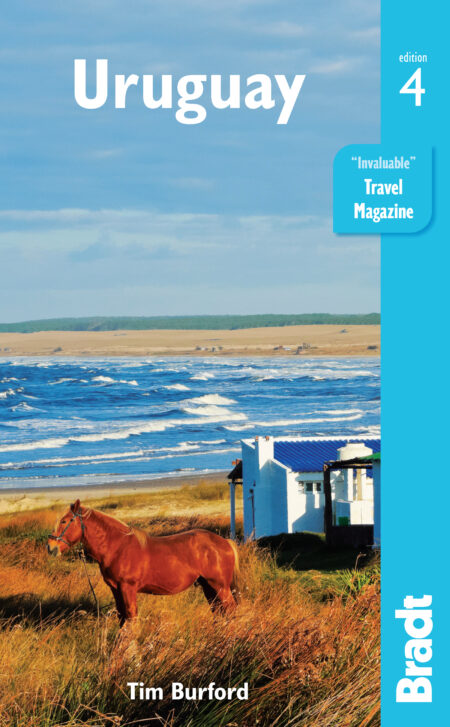Bradt Uruguay Montevideo Guidebook (ebook only)
by Tim Burford
Montevideo City Guide – Expert advice on the Old Town and Buceo area, climate, transport, shopping, safety, restaurants and bars, entertainment and activities. Includes a history of the city, maps, accommodation, day trips and cycling/walking routes, Museo del Carnival plus a detailed list of museums and the Cordon Avenue.
Edition: 2
About this book
This edition of the Bradt guide to Montevideo by expert author Tim Burford combines information on what to see and do with maps, walking and bicycle tours , historical and cultural attractions plus recommendations for hotels, restaurants, cafés and bars and detailed information on city transport, shopping and activities all detailed along with a history of the city. It is written in an engaging and colourful style that aims to entertain as well as inform and is drawn from the Bradt country guide to Uruguay, Second Edition.
